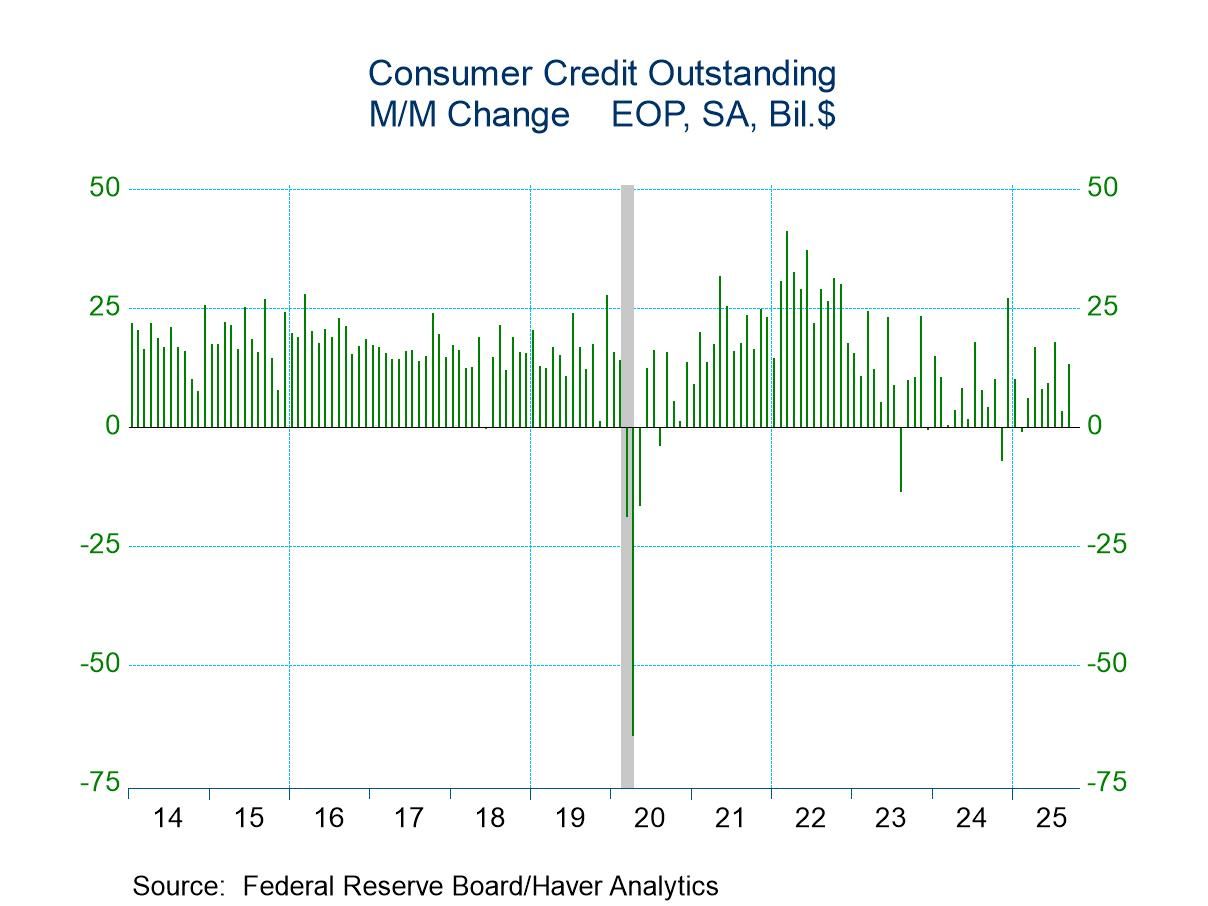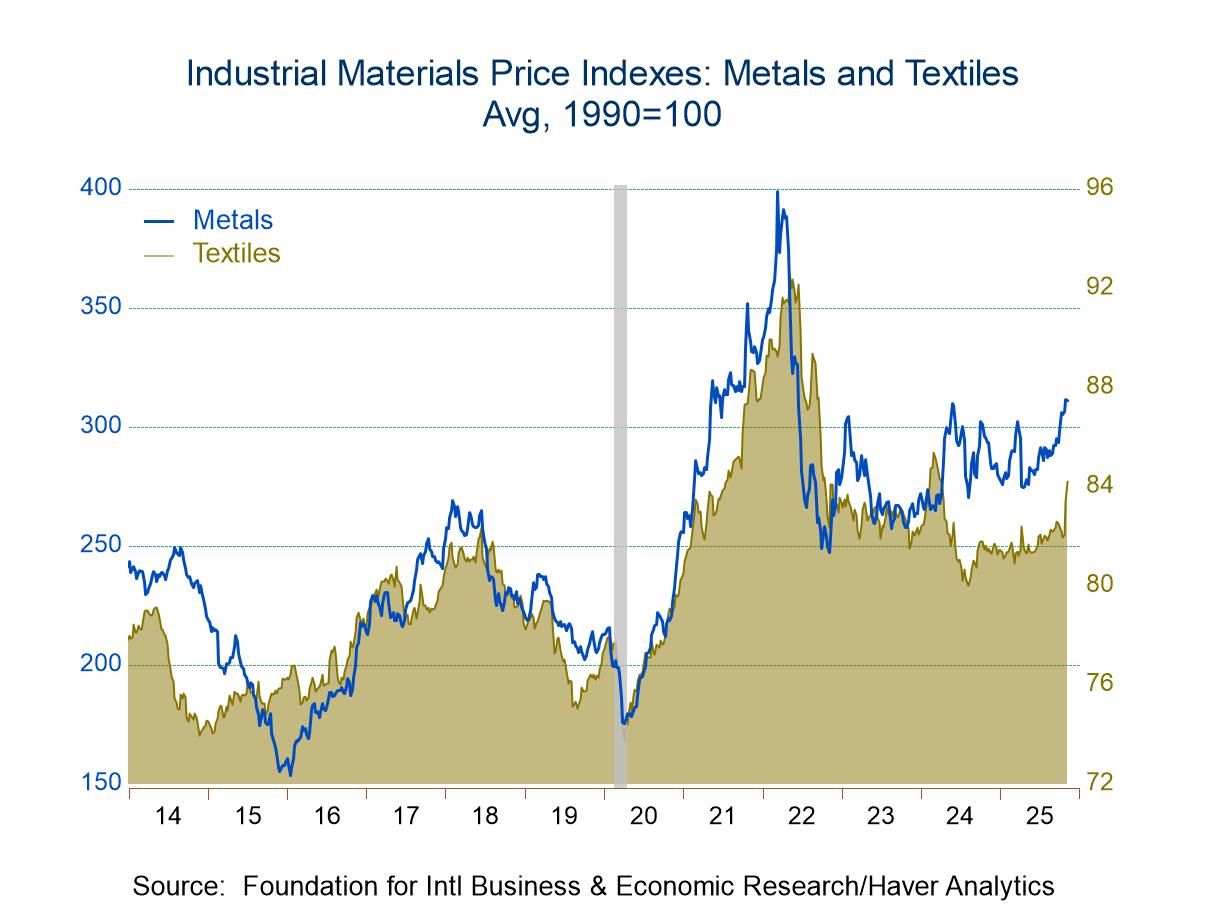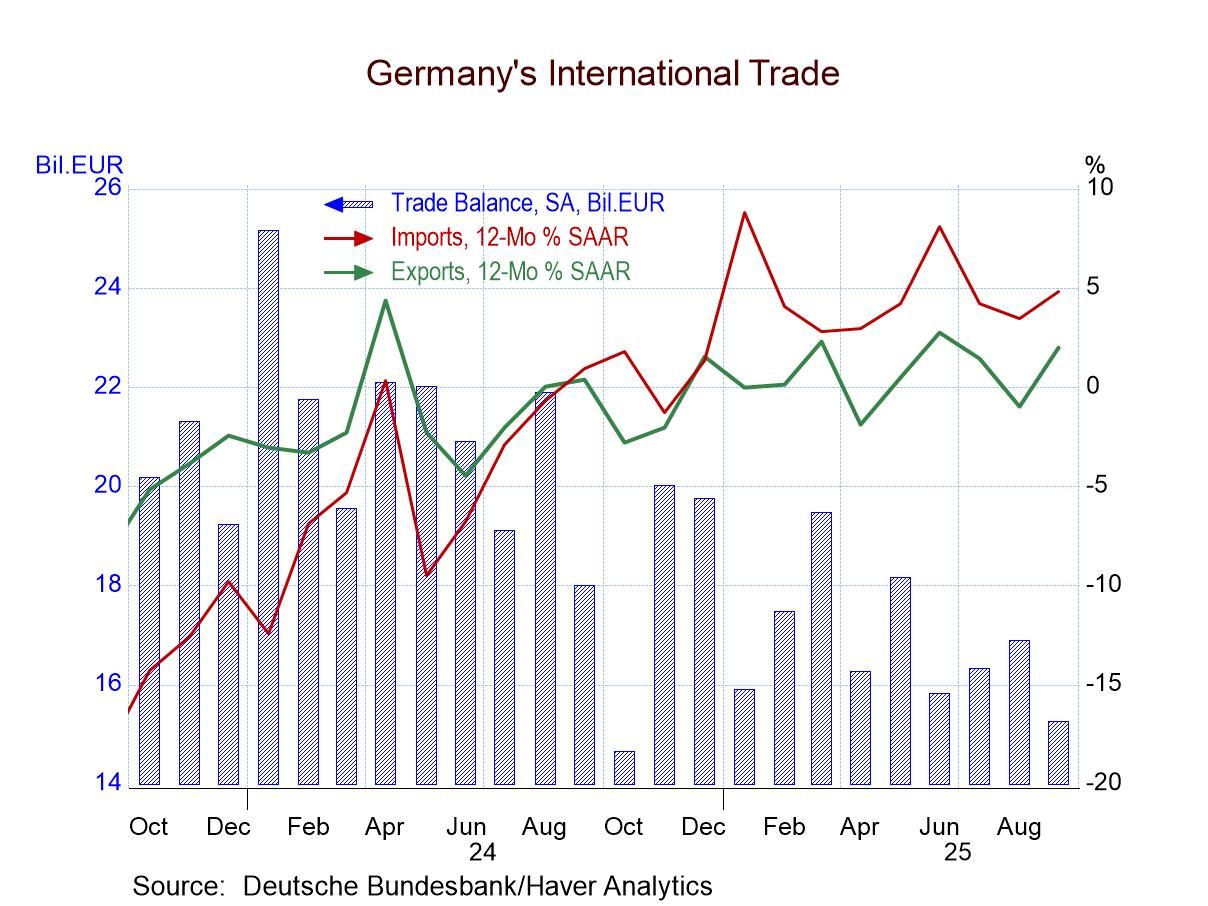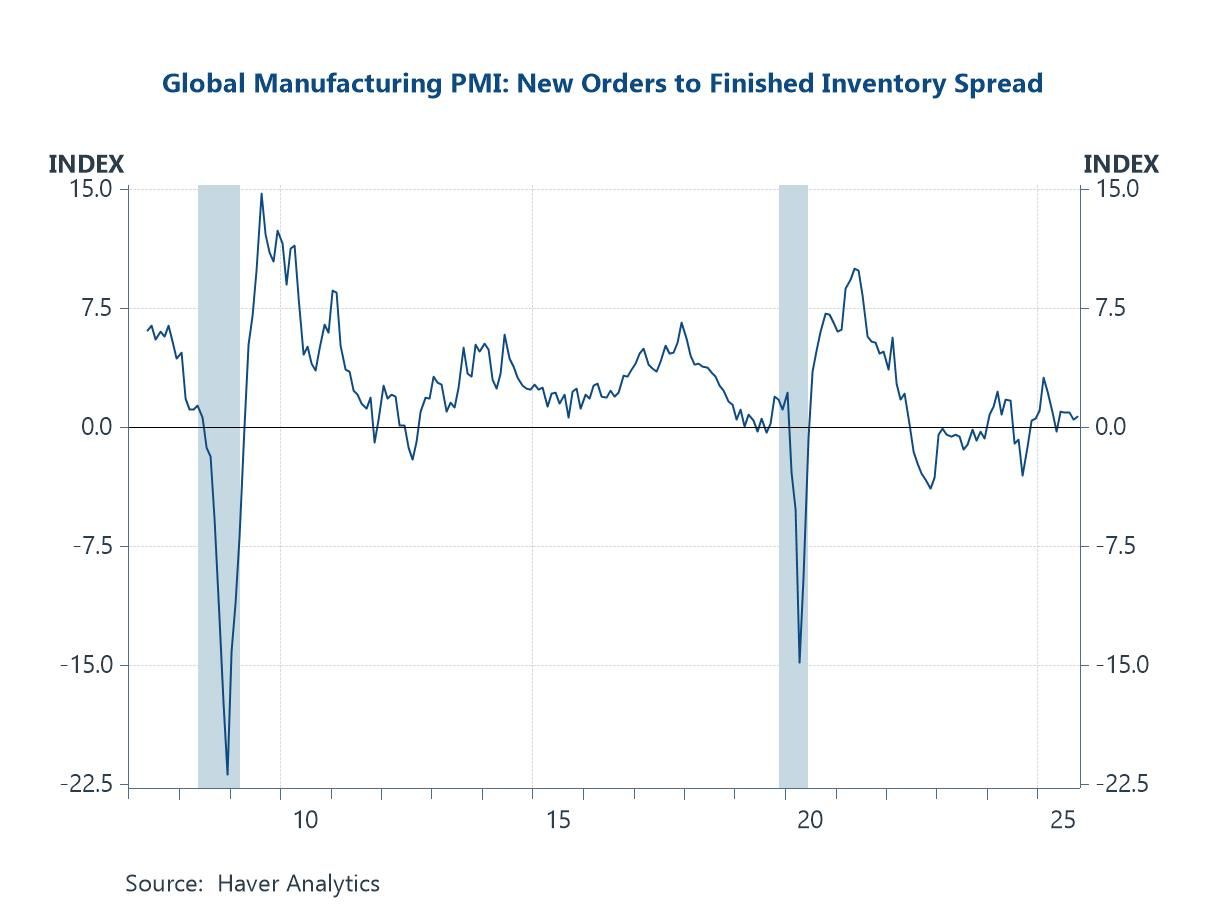Productivity Gains in Q4 After Almost No Change in Q3
Summary
- Output grew 3.5% in Q4.
- Compensation up 4.1% in Q4.
- Manufacturing productivity fell in Q4.


Nonfarm business productivity rose at a 3.0% seasonally adjusted annual rate in Q4 2022. This followed 1.4% in Q3 and two negative moves in Q2 and Q1. The Action Economics Forecast Survey had expected a 2.5% advance in Q4. Compared to a year ago, productivity actually worsened slightly to -1.5% in Q4 over Q4 2021 from -1.1% in Q3 versus Q3 2021. For all of 2022, productivity fell 1.3%, the weakest annual performance since -1.7% in 1974, although, as we note, it did begin to recover during the second half of 2022.
The Q4 productivity gain reflected a 3.5% annualized gain in output in Q4 which followed a 3.6% rise in Q3. The Q4/Q4 growth was 0.8%, down from 2.2% in Q3 over Q3 2021. For all of 2022, output increased 2.3%, down from the recovery-dominated 7.8% in 2021.
Hours worked increased at just a 0.5% annual rate in Q4 over Q3 and 2.3% over Q4 2021. For all of 2022, hours grew 3.7%, a moderation from 5.3% in 2021.
Hourly compensation rose at 4.1% annual rate in Q4, following a 3.4% increase in Q3. Over Q4 2021, Q4 compensation was up 3.0% and for all of 2022, it was up 4.4% after 4.9% in 2021. The implicit price deflator rose at a 3.0% annual in Q4 from Q3 when it had risen at a 3.8% pace. This produced a 1.0% annualized increase in real compensation per hour in Q4, an improvement from the 2.2% decline in Q3. For all of 2022, real compensation dropped 3.4%, the weakest annual performance in the 74-year history of this series.
With the modest 1.0% increase in real hourly compensation and the 3.0% rise in productivity, unit labor costs increased 1.1% saar. This was the smallest increase since an outright decline in Q1 2021. The Action Economics Forecast Survey expected a 1.4% increase. Unit labor costs were up 4.5% from Q4 2021 and in all of 2022 they rose 5.7%.
In the manufacturing sector, output per hour fell at a 1.5% annual rate in Q4, less than the 3.5% decrease in Q3. For all of 2022, manufacturing output per hour was down 0.9%. Output fell in Q4 at a 2.6% annual rate; with gains in the first half of 2022, for the year as a whole output rose 3.2%. Hours worked decreased in Q4 at a 1.1% annual rate, while all of 2022 saw a 4.2% increase. Hourly compensation rose at a 3.2% annual rate in Q4 following 2.7% in Q3. The year as a whole it went up 3.2%. Unit labor costs rose at a 4.8% rate in Q4, down from 6.5% in Q3. For all of 2022, unit labor costs in manufacturing rose 4.3% following the marginal 0.1% increase in 2021.
The productivity and labor cost data are available in Haver’s USECON database. The expectations figures are in the AS1REPNA database.


Carol Stone, CBE
AuthorMore in Author Profile »Carol Stone, CBE came to Haver Analytics in 2003 following more than 35 years as a financial market economist at major Wall Street financial institutions, most especially Merrill Lynch and Nomura Securities. She had broad experience in analysis and forecasting of flow-of-funds accounts, the federal budget and Federal Reserve operations. At Nomura Securities, among other duties, she developed various indicator forecasting tools and edited a daily global publication produced in London and New York for readers in Tokyo. At Haver Analytics, Carol was a member of the Research Department, aiding database managers with research and documentation efforts, as well as posting commentary on select economic reports. In addition, she conducted Ways-of-the-World, a blog on economic issues for an Episcopal-Church-affiliated website, The Geranium Farm. During her career, Carol served as an officer of the Money Marketeers and the Downtown Economists Club. She had a PhD from NYU's Stern School of Business. She lived in Brooklyn, New York, and had a weekend home on Long Island.






 Global
Global